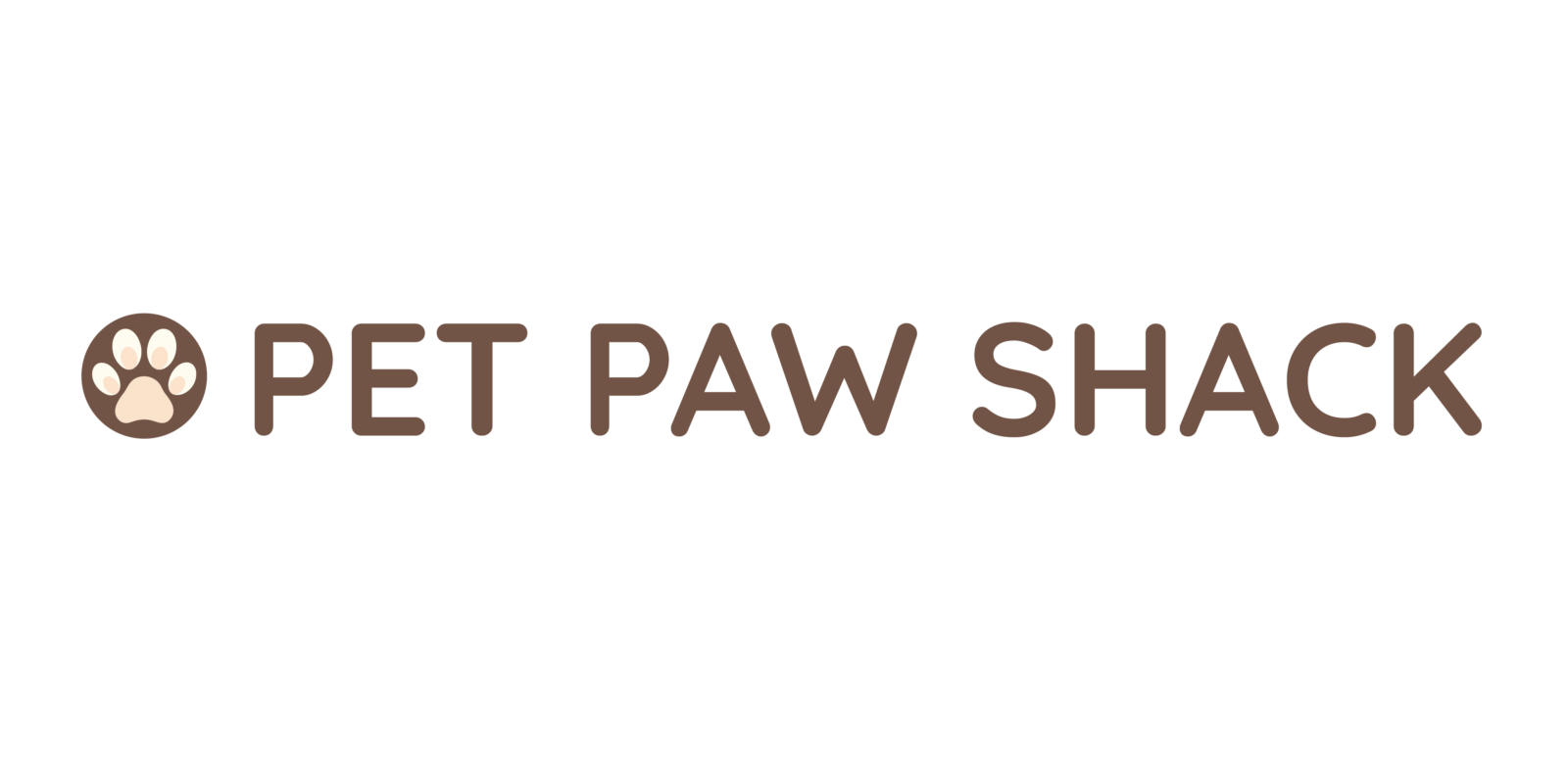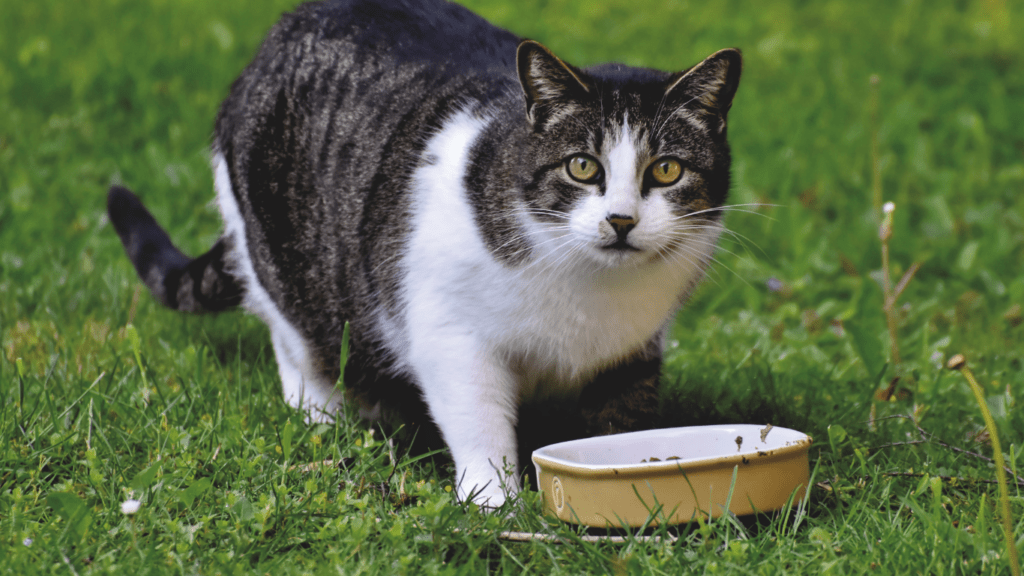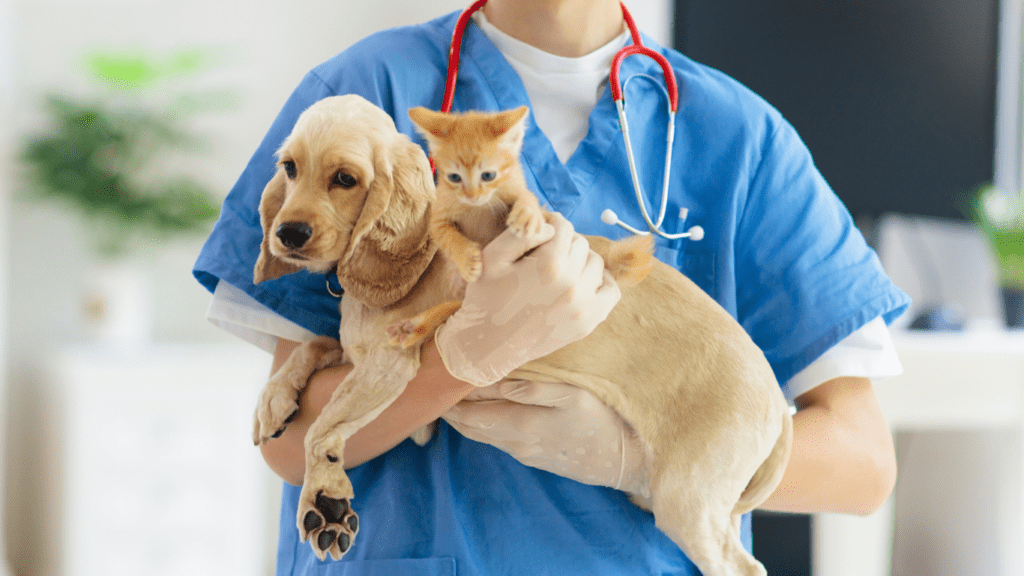Understanding Grain-Free Diets
Grain-free diets replace traditional grains with alternative ingredients to provide the necessary nutrients for pets. These diets aim to cater to pets with grain sensitivities or allergies.
What Are Grain-Free Diets?
Grain-free diets exclude grains like wheat, corn, and rice. They substitute these grains with protein-rich and carbohydrate alternatives such as sweet potatoes and peas. These diets focus on providing essential nutrients without relying on grains.
Common Ingredients in Grain-Free Pet Foods
Grain-free pet foods often include:
- Meat: Chicken, beef, fish, or lamb is usually the primary protein source.
- Vegetables: Sweet potatoes, peas, and lentils offer carbohydrates and fiber.
- Fruits: Blueberries, apples, and cranberries provide vitamins and antioxidants.
- Legumes: Chickpeas and beans add protein and fiber content.
- Additional Supplements: Omega-3 fatty acids, vitamins, and minerals support overall health.
These ingredients ensure pets receive balanced nutrition without conventional grains.
Benefits of Grain-Free Diets for Pets
Grain-free diets offer several advantages that contribute to the overall health and well-being of pets.
Improved Digestion
Pets often experience better digestion with grain-free diets. Traditional grains can cause bloating and discomfort. Ingredients like sweet potatoes and peas are easier on the digestive system. These alternative ingredients help maintain healthy gut flora and regular bowel movements.
Healthier Skin and Coat
Grain-free diets promote healthier skin and coat conditions. Allergies to grains can lead to itchy skin and fur loss. Eliminating grains reduces the risk of these allergic reactions. Diets with high-quality meats and omega-3 fatty acids also contribute to maintaining a shiny coat.
Increased Energy Levels
Pets on grain-free diets often show increased energy levels. High protein content from meats supports muscle development and activity. Low carbohydrate levels prevent energy spikes and crashes. Pets become more active and engaged in daily activities.
Weight Management
Grain-free diets aid in weight management. They control calorie intake through lean protein sources and fiber-rich vegetables. Without extra grains, pets are less likely to gain excess weight. These diets help maintain an optimal weight, reducing the risk of obesity-related diseases.
Potential Drawbacks and Concerns
While grain-free diets offer many benefits, they also have potential drawbacks and concerns that pet owners should consider.
Nutritional Deficiencies
Grain-free diets might lack some essential nutrients that grains provide. For example, certain grains contain B vitamins and fibers crucial for pet health. Without proper supplementation, pets on grain-free diets can develop deficiencies in these nutrients. Ensure any commercial grain-free pet food you choose is balanced and complete, meeting AAFCO guidelines.
Cost and Accessibility
Grain-free diets often cost more than traditional pet foods. Ingredient substitutions like sweet potatoes and peas can drive up prices, making these diets less accessible for some pet owners. Availability can also be an issue; not all stores carry a wide range of grain-free options. Consider your budget and local availability when deciding if a grain-free diet is feasible.
FDA Investigations and DCM Risk
The FDA has investigated potential links between grain-free diets and dilated cardiomyopathy (DCM) in dogs. While a definitive cause has not been established, some grain-free foods contain high levels of peas, lentils, and other legumes which might be linked to DCM. If you’re considering a grain-free diet for your pet, it’s essential to consult with your veterinarian and monitor scientific findings.
How to Transition Your Pet to a Grain-Free Diet
Transitioning your pet to a grain-free diet requires careful planning to ensure they’re comfortable and healthy throughout the process. Here are some key steps.
Gradual Introduction
Start by mixing a small amount of the grain-free food with your pet’s current food. Increase the proportion of grain-free food gradually over 7-10 days. For instance, on the first day, use 25% grain-free food and 75% regular food. On the subsequent days, adjust the mixture to incorporate more grain-free food until it makes up 100% of the diet. This step helps your pet’s digestive system adapt without causing stress or discomfort.
Monitoring Your Pet’s Health

Watch for any changes in your pet’s behavior, stool, or energy levels. Positive signs include improved coat condition, regular bowel movements, and higher energy levels. On the contrary, if your pet exhibits symptoms like vomiting, diarrhea, or lethargy, seek veterinary advice immediately. Monitoring ensures you can promptly address any adverse reactions.
Consulting with a Veterinarian
- Schedule a consultation with your veterinarian before starting the grain-free diet.
- Discuss your pet’s medical history and any existing health concerns.
- A professional can provide tailored advice based on your pet’s unique needs.
- This step ensures your pet’s nutritional requirements are met, preventing any potential deficiencies or health issues.
Is a Grain-Free Diet Right for Your Pet?
Grain-free diets can be beneficial, but determining if they’re suitable for your pet involves several factors. Evaluate your pet’s specific needs before making the switch.
Assessing Your Pet’s Needs
First, consider your pet’s age, breed, and health status. Puppies and kittens have different dietary requirements compared to older pets. Breed-specific needs also play a role. For instance, larger breeds might require different nutrients than smaller breeds. Consult with your veterinarian to identify any health issues that might be influenced by diet, such as diabetes or kidney disease.
Considering Allergies and Sensitivities
Look for signs such as itchy skin, frequent ear infections, or gastrointestinal issues. These could indicate food allergies or sensitivities to grains. A grain-free diet might alleviate these symptoms. However, if symptoms persist after the diet switch, consult your vet. An elimination diet can also help pinpoint specific allergens.
Evaluating Lifestyle and Activity Level
Consider your pet’s daily activity. Active pets, like working dogs or those engaged in vigorous play, may have higher protein needs. Grain-free diets often include more protein and fat, catering to such needs. Conversely, more sedentary pets, such as indoor cats, might not require the higher caloric content found in some grain-free options. Adjust portions and monitor weight to ensure your pet remains healthy.



 Pet Travel & Safety Consultant
Jimmy Dixoneser is the go-to expert on pet travel and safety at Pet Paw Shack. He provides valuable guidance on how to ensure pets are safe, comfortable, and stress-free when traveling. From creating checklists for pet-friendly vacations to advising on the best travel gear, Jimmy’s expertise helps pet owners confidently navigate adventures with their pets, whether on the road or in the air.
Pet Travel & Safety Consultant
Jimmy Dixoneser is the go-to expert on pet travel and safety at Pet Paw Shack. He provides valuable guidance on how to ensure pets are safe, comfortable, and stress-free when traveling. From creating checklists for pet-friendly vacations to advising on the best travel gear, Jimmy’s expertise helps pet owners confidently navigate adventures with their pets, whether on the road or in the air.
